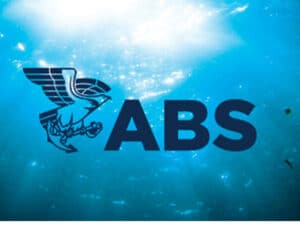
Paris MOU set to start crack down on passenger ships
Written by Nick Blenkey NOVEMBER 26, 2012 — Port state control authorities in the 27 member Paris MoU will focus their attention on passenger ship safety in 2013.
NOVEMBER 26, 2012 — Port state control authorities in the 27 member Paris MoU will focus their attention on passenger ship safety in 2013.
As we reported at the time, following the loss of the cruise ship Costa Concordia, in May the Paris MoU Port State Control Committee agreed to organize a Harmonized Verification Program (HAVEP) on operational controls on passenger ships.
The HAVEP will last for twelve months, commencing on January 1, 2013 and ending on December 31, 2013.
During the HAVEP, Port State Control Officers (PSCOs) will witness an operational control comprising a standard emergency scenario which will include a simulated machinery space fire, a passenger evacuation and muster drill and an abandon ship drill which will include lowering of lifeboats to the water and their being taken away under power.
During the inspection, attention will also be given to the on-board decision support system, ship/shore communications, SAR plans, records of crew training, supply of emergency power and operation of watertight doors.
The main purpose of the HAVEP is to verify that:
- In the event of a shipboard emergency the crew can organize into an effective team to tackle the emergency;
- Officers and crew can communicate effectively with each other and with shore based support and rescue services;
- The Master is in control and information is flowing to/from the command center; and
- In the event of the situation getting out of hand the crew and passengers can safely abandon the ship.
PSCOs will use a questionnaire listing a number of items to be covered during the HAVEP. All items will be verified in more detail for compliance with related items in SOLAS Chapters II, III and V.
The PSCOS will be required to:
- Witness the testing of emergency power, which will include simulating failure of the main power supply and automatic starting and loading of the Emergency Generator. Testing of emergency batteries under load;
- Verify operation of watertight doors including remote closing of all doors from the bridge and manual closing of selected doors locally and from above the bulkhead deck;
The HAVEP will be time consuming and will involve the majority of the crew for part of the day. In order to provide some flexibility owner/operators will be permitted to liaise with the Paris MoU regarding their cruise schedules to determine a suitable port to carry out the HAVEP, bearing in mind operational considerations such as passenger turn around.
When deficiencies are found, actions by the port State may vary from, recording a deficiency and instructing the master to rectify it within a certain period, to detaining the ship until serious deficiencies have been rectified. In the case of detention, publication in the monthly detention list of the Paris MoU web site will take place. It is expected that the Paris MoU will carry out approximately 500 inspections during the HAVEP.





Leave a Reply
You must be logged in to post a comment.